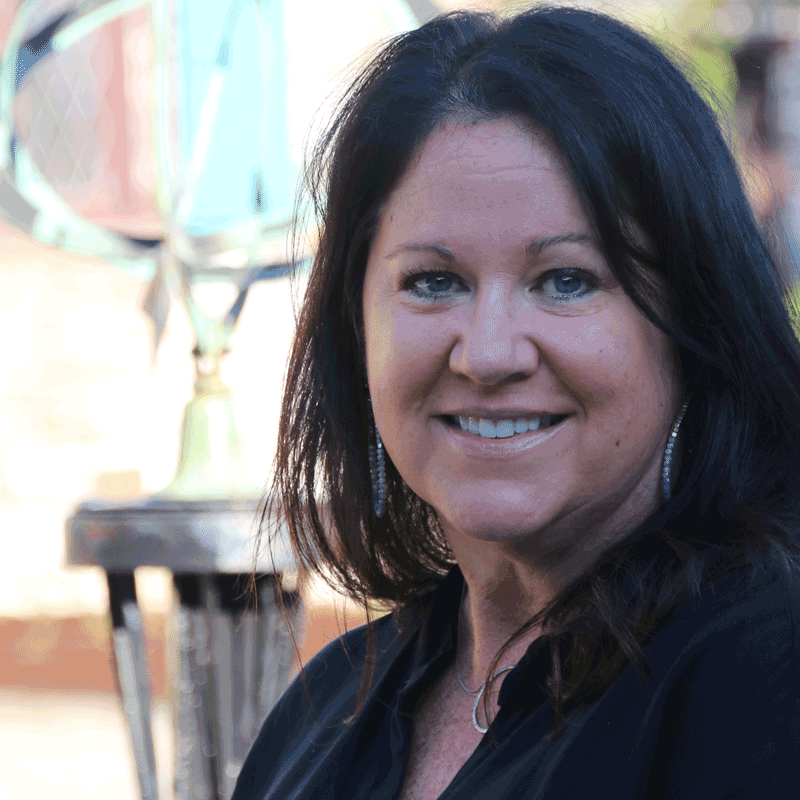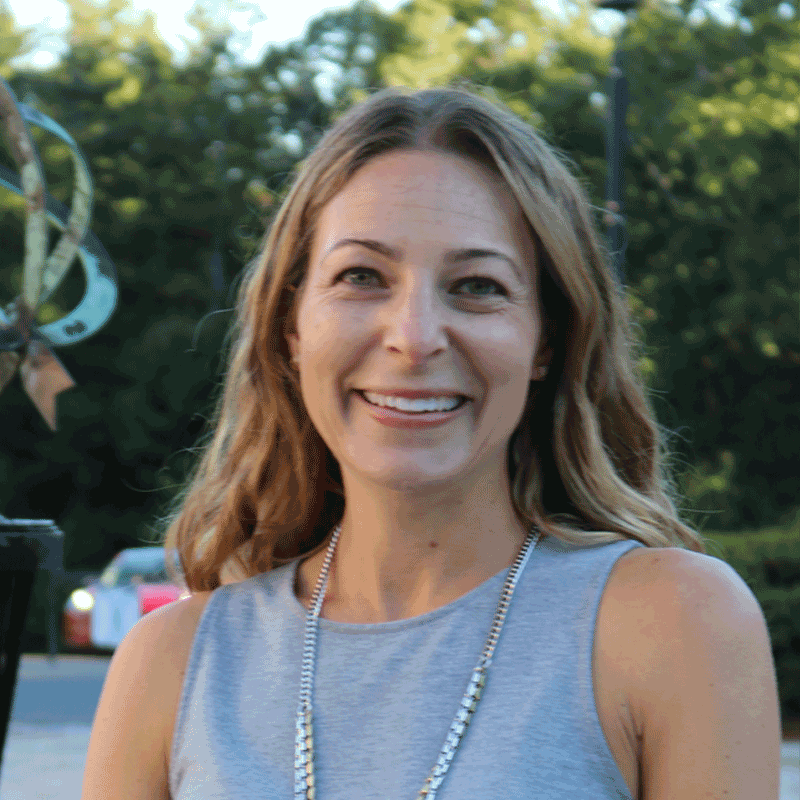Grade 2
Curriculum
When children enter Grade Two, they are known to shift from the exuberant behavior that made up their previous year to a quieter and more sensitive seven-year-old because they are working to figure out how to manage new feelings and navigate their more complex awareness.
Many Grade Two students begin to enjoy quiet moments alone reading or investigating something new. They start to focus on a “best” friend and it is quite common for that best friend to change.
Seven-year-olds can become self-conscious of their work and worry what classmates think of them. They put in extra effort to make their work neat and to come across as “cool”. There is a new desire for reassurance from the adults in their lives as they navigate the new territory of friendships.
Grade Two students have a strong sense of right and wrong and are quick to point out to a classmate when they have broken a rule. This is the year when they learn the difference between telling vs tattling. Teachers play a critical role in supporting Grade Two students as they navigate changing social dynamics.
Renbrook’s Grade Two teachers are well versed in the developmental stages and behaviors of their students. They balance nurturing demeanors with high expectations for kindness and empathy. Our teachers prioritize time for team building and the development of collaborative problem-solving skills through large-group games, small-group activities, and one-on-one coaching sessions, if needed.
Reading - Grade Two readers at Renbrook progress further into the study of word structure. Teachers use Fundations®, a program that teaches reading, spelling, and handwriting skills in a multisensory and fun way. The following concepts and skills are covered in Grade Two:
- parts of words (syllables, basewords, suffixes)
- six syllable types: closed, vowel-consonant-e, open, r-controlled, vowel digraph/diphthong, and consonant-le
- high frequency words including irregular words
- synonyms
- dictionary skills
- correct writing position and pencil grip
- clear, legible manuscript
- punctuation (period, question mark, exclamation point)
- capitalization rules for beginning of sentences and names of people
- fluency
- retell recounting key ideas and details
- prefixes
- characterization
- theme
- main idea
- adjectives
- adverbs
In addition, Grade Two teachers use reading and writing curriculum resources from Columbia Teachers College. The Units of Study for Teaching Reading in Grade Two are:
- The Reading Growth Spurt helps students learn how to make decisions regarding their own reading, to apply all they have learned to decode harder, multisyllabic words, what authors do as writers, and how to develop their thoughts when reading.
- Becoming Experts: Reading Nonfiction supports students as they work on word solving, vocabulary development, and comparing information across texts.
- Longer and More Complex Books mean ramping up reading power as students learn new strategies for fluency, figurative language, and comprehension.
- Series Book Clubs are opportunities for students to study the author’s craft where they explore ways authors use word choice, figurative language, punctuation, and patterns to construct a series and evoke feelings in readers.
The Units of Study for Teaching Writing in Grade Two are:
- Lessons from the Masters improve narrative writing teaching students to craft engaging narratives by stretching out small moments and writing in greater detail.
- Lab Reports and Science Books use inspirational nonfiction texts to help students design and write about experiments and other scientific information.
- Writing About Reading teaches students to read closely and gather evidence from texts to craft persuasive arguments.
- Poetry: Big Thoughts in Small Packages helps students explore and appreciate language. They learn to use line breaks to express the meaning and rhythm they intend and use visualization and figures of speech to make their writing more clear and powerful.
Grade Two students are taught mathematics using Math In Focus®: Singapore Math®. The approach to instruction in Singapore math focuses on conceptual understanding, skill development, strategies for solving problems, attitudes toward math, and metacognition.
Grade Two math concepts:
- Numbers to 1,000
- Addition Up To 1,000
- Subtraction Up To 1,000
- Using Bar Models: Addition and Subtraction
- Multiplication
- Multiplication Tables of 2, 5, & 10
- Metric Measurements of Length
- Mental Math & Estimation
- Money
- Customary Measurement of Length
- Time
- Picture Graphs
- Lines & Surfaces
- Shapes & Patterns
Grade Two students develop geography and map skills as they learn about their home state of Connecticut. They explore Connecticut state symbols and the Connecticut River where they discover and explore the natural environment and human experiences along its 410 miles. Students are also taught about the concept of changemakers as they learn about many people throughout history and today that serve as changemakers, those who identify a specific problem and engage in community action to make the world a better place.

